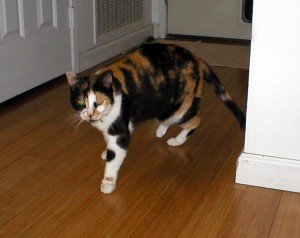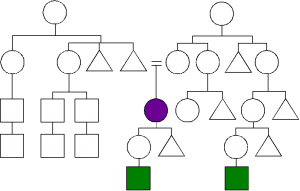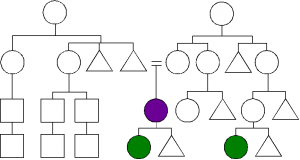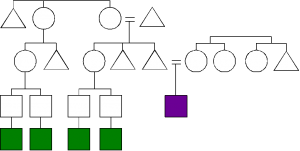![]()
![]()
![]()
![]()
![]()
![]()
![]()
anwālti
![]()
![]()
![]()
![]()
![]()
![]()
antōli
Both of these words mean feelings, emotions, thoughts, moods, and other mental states, though anwālti are considered to be less fleeting than antōli. Exactly which feelings are classified as anwālti and which are classified as antōli is a matter of debate. There are some who would say that there are only eight or nine or fourteen or sixteen or some other limited number of anwālti and all other feelings are antōli.




